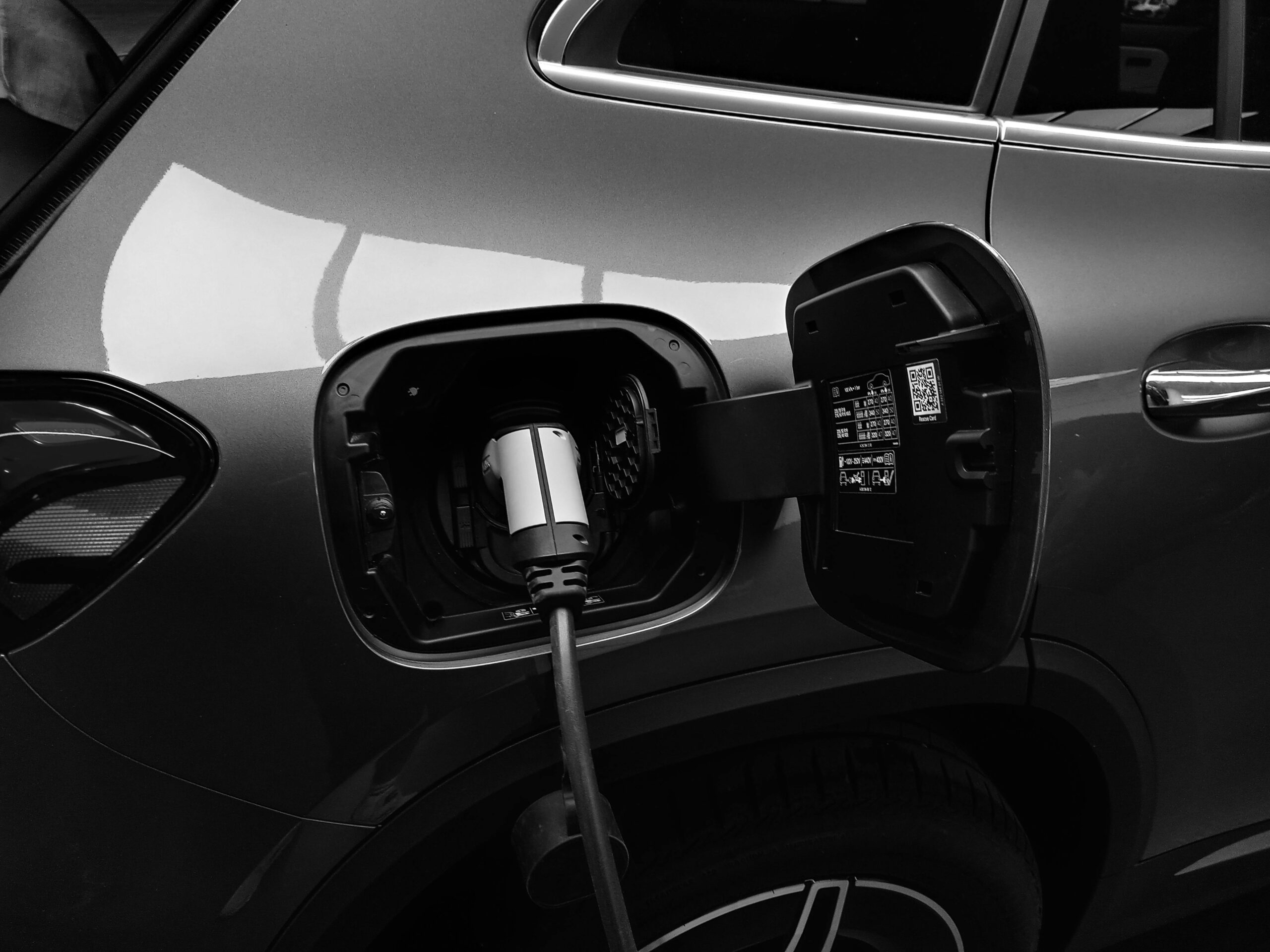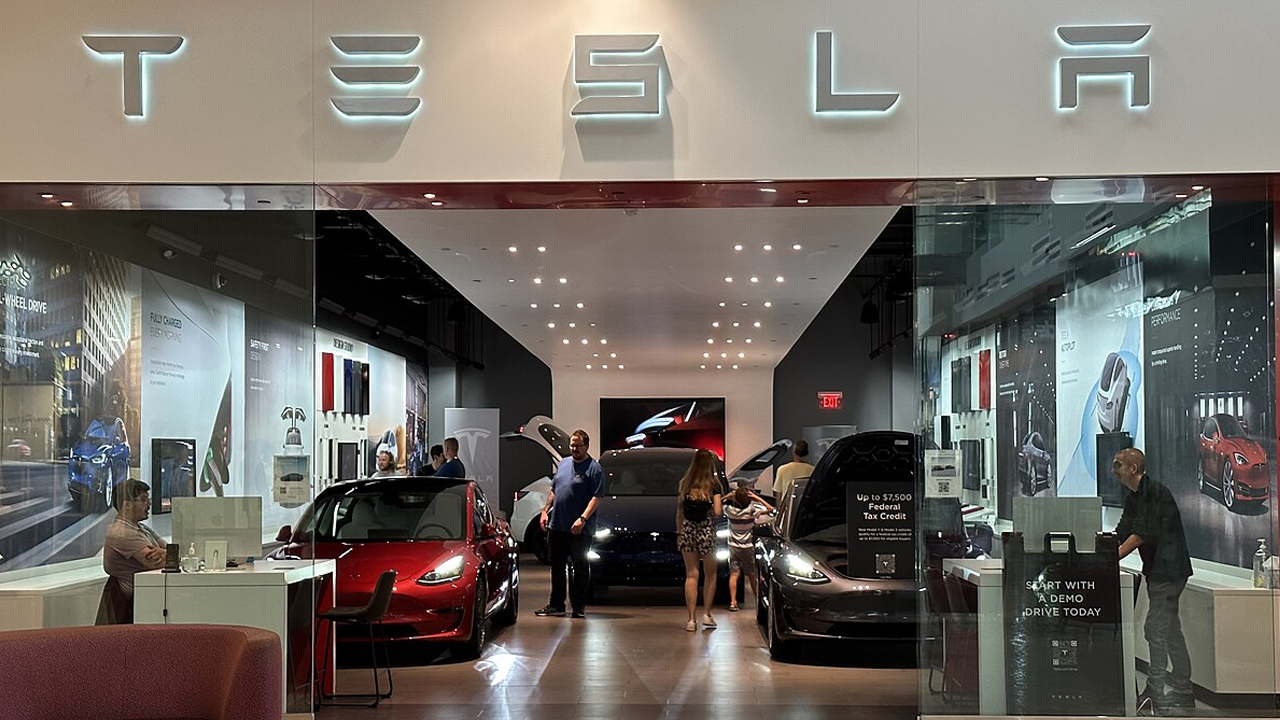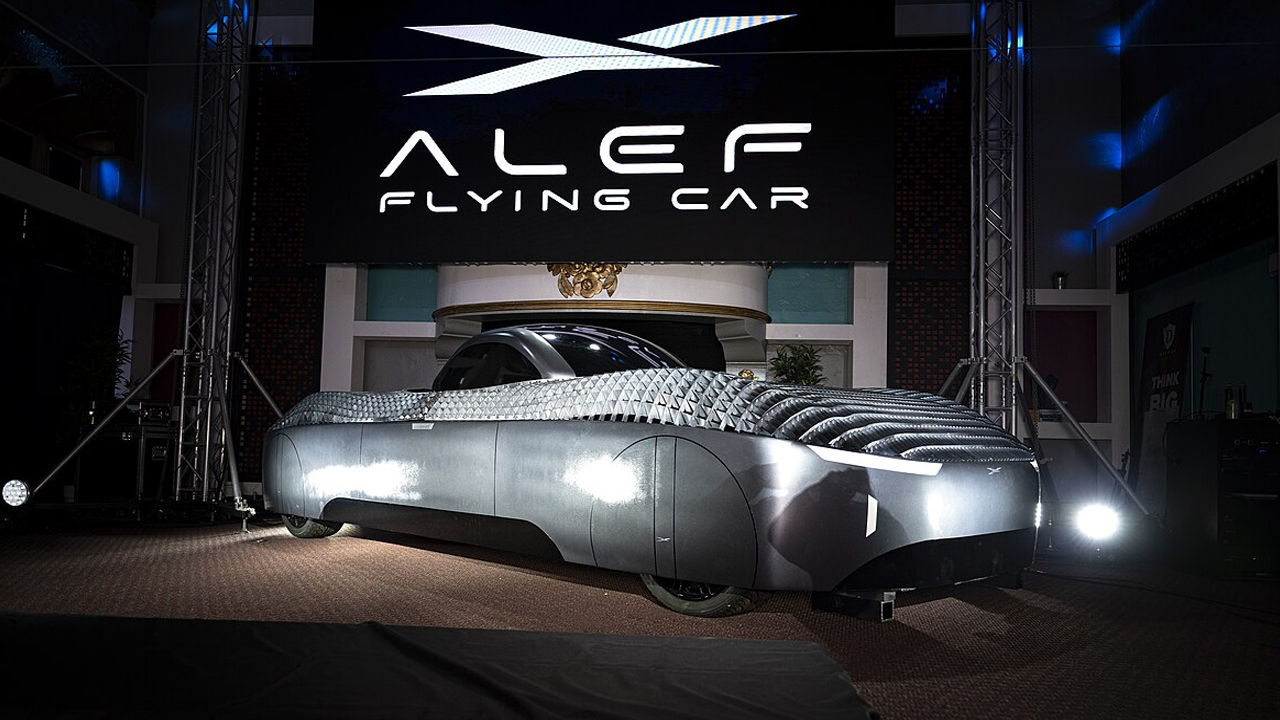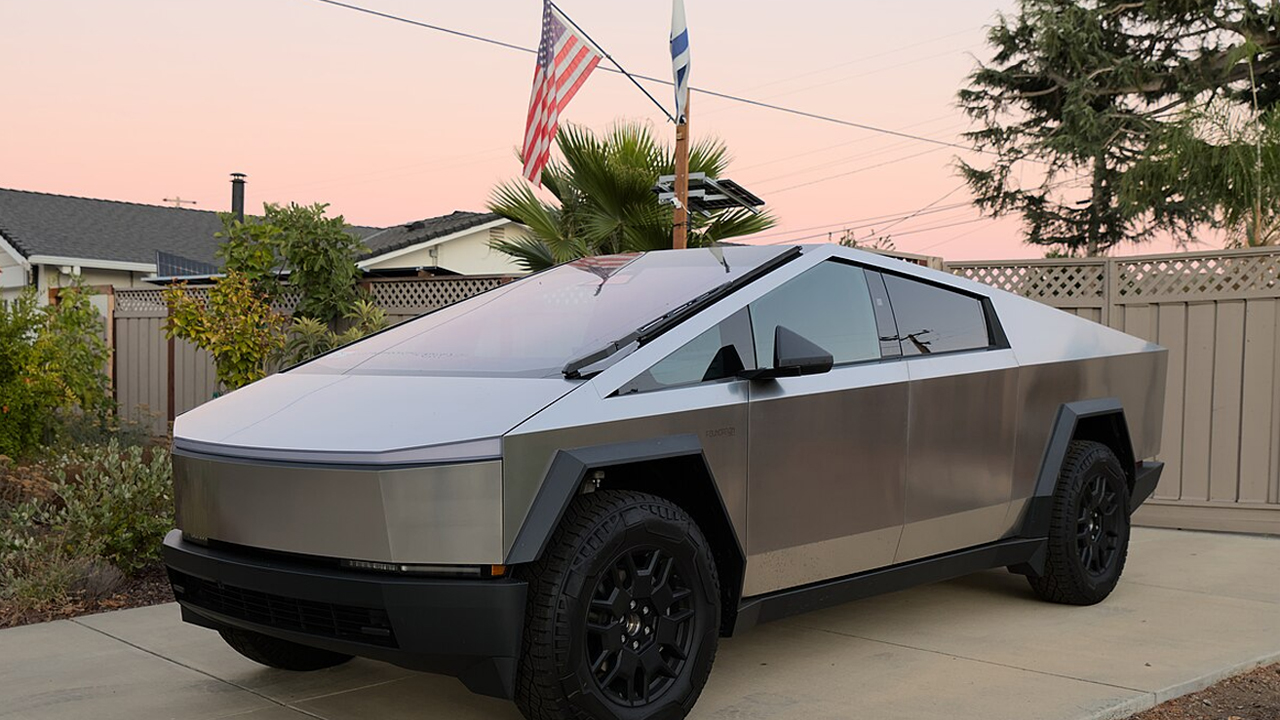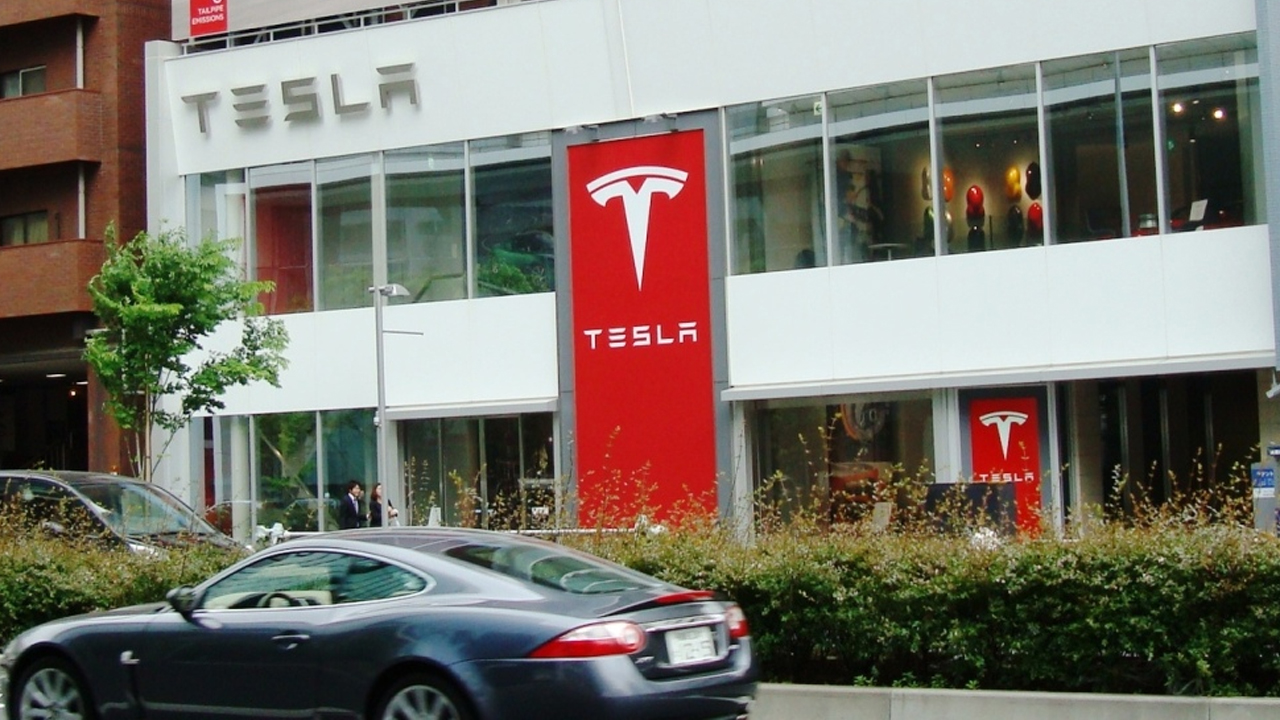It sounds unreal, but Tesla really does build a new car about every 30 seconds. That kind of pace isn’t just about throwing more people on the line or cranking up the hours—it’s the result of a whole system that’s been fine-tuned from the ground up. Every decision, every piece of equipment, and every layout inside those factories is geared toward one thing: speed without cutting corners. Here’s how they pull it off.
Streamlined Assembly Lines
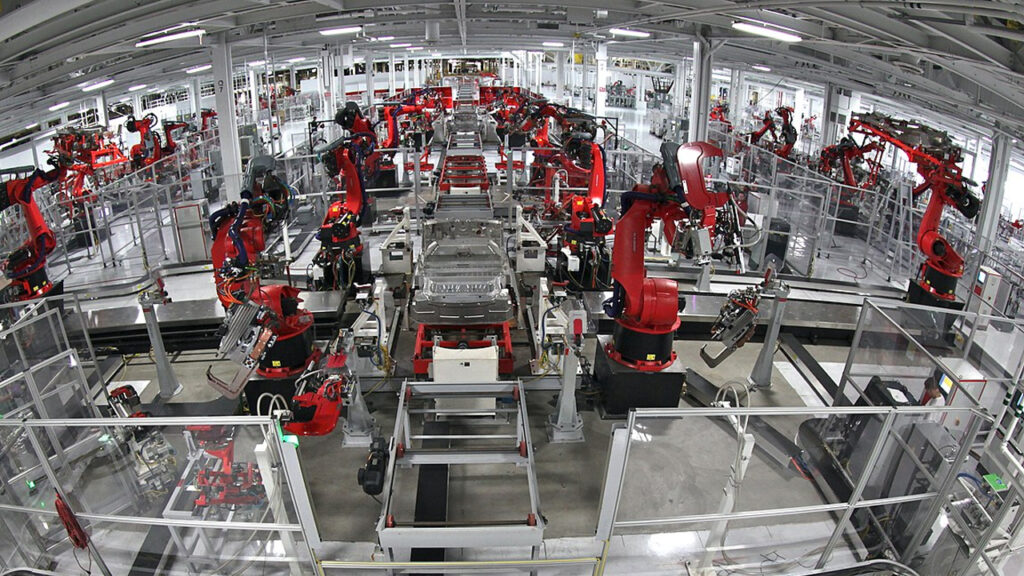
Tesla’s factories are designed to move fast. At the Fremont Factory, multiple assembly lines run side by side, each focused on specific models like the Model 3 and Model Y. That setup alone keeps production flowing so smoothly that a brand new car finishes every 30 seconds.
Robots handle the bulk of the work—from welding to painting—which keeps things consistent and quick. By cutting out unnecessary steps and limiting manual slowdowns, Tesla keeps its rhythm tight and output high.
Vertical Integration
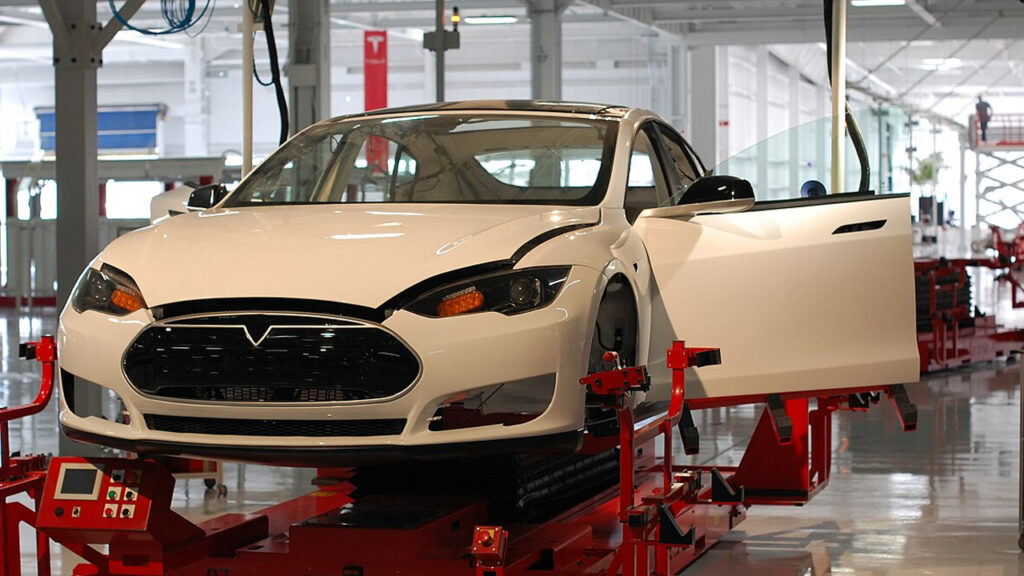
Most car companies rely on dozens of outside suppliers. Tesla doesn’t. They build a lot of their own parts in-house—everything from batteries to drive units. That gives them way more control and flexibility.
When changes need to happen, they don’t have to wait on third parties. It also cuts down on logistics delays and keeps production moving fast and clean.
Global Gigafactories
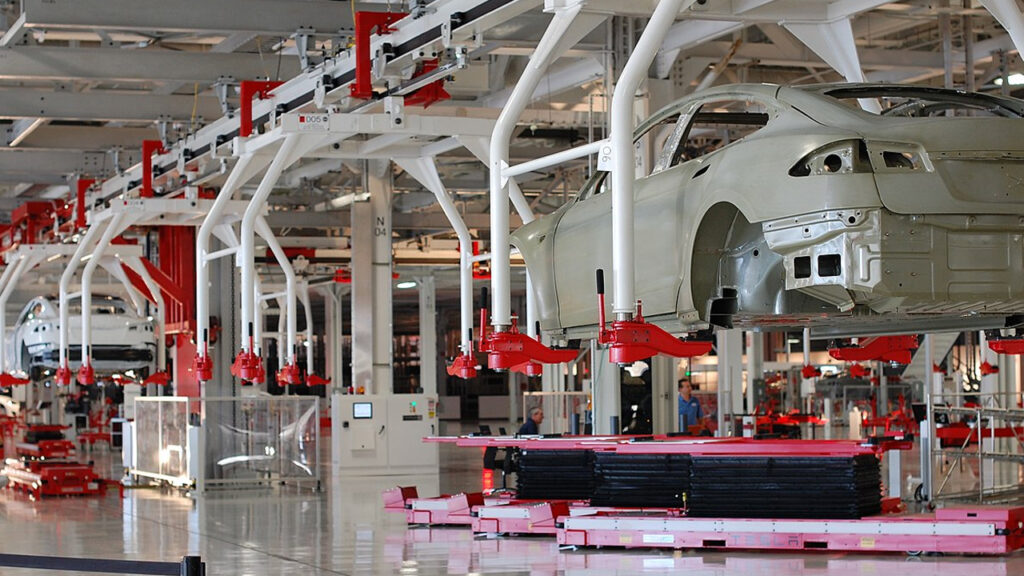
With Gigafactories popping up across the globe—like in Shanghai, Berlin, and Texas—Tesla is building close to where their customers are. That alone speeds things up and slashes delivery times.
Each factory is built around the same production system, so whether a car is made in China or Texas, it’s getting the same speed and quality. That consistency helps Tesla scale without losing efficiency.
Continuous Innovation
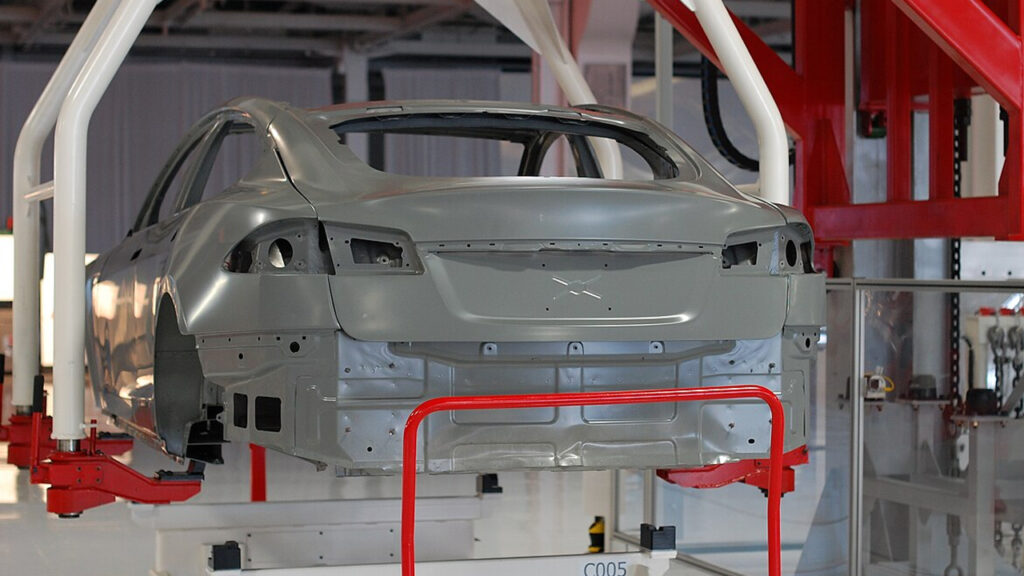
Tesla doesn’t sit still. One of their biggest game-changers was the Giga Press—a massive machine that can cast huge sections of a car in one go. That move cut down the number of parts and made assembly way faster.
Stuff like that isn’t just about speed. It also makes the cars stronger and easier to build. Tesla keeps testing and tweaking to stay ahead of the curve, and it shows in their production numbers.
Efficient Supply Chain Management
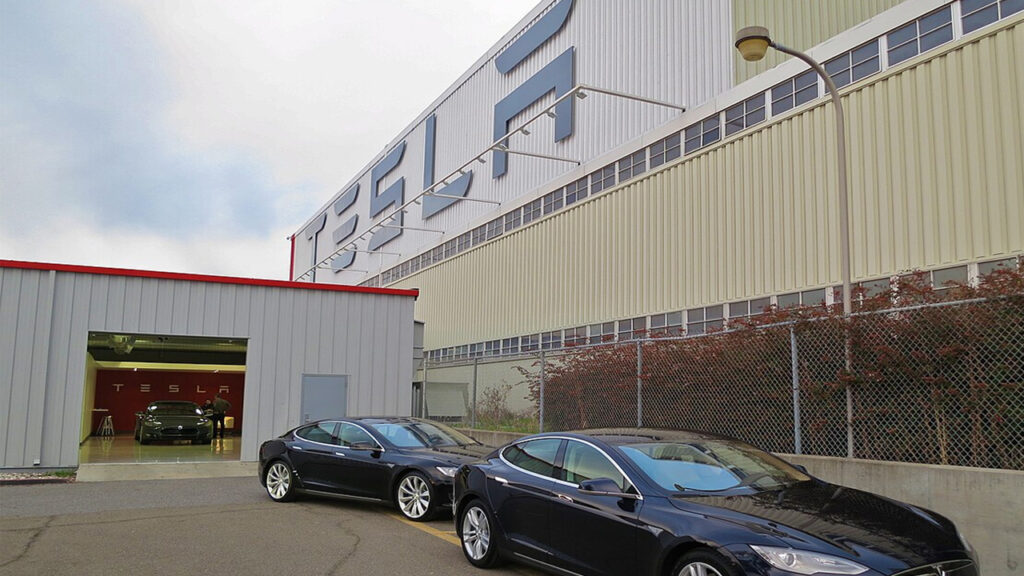
Building fast cars means having parts show up on time. Tesla’s supply chain is built for speed and flexibility. They work closely with suppliers and don’t wait until the last minute to get what they need.
This lets them avoid delays when things get tight. If one part of the chain breaks, they can often pivot fast and keep everything else moving. That kind of foresight is rare—but it’s a big reason they can keep hitting that 30-second mark.
Why It Works

Building a car every 30 seconds isn’t some wild marketing stat—it’s a real result of the way Tesla runs things. Everything is designed to move fast, stay lean, and avoid the usual bottlenecks that slow other companies down. Whether or not you’re into electric cars, it’s hard not to respect the machine they’ve built behind the scenes.
